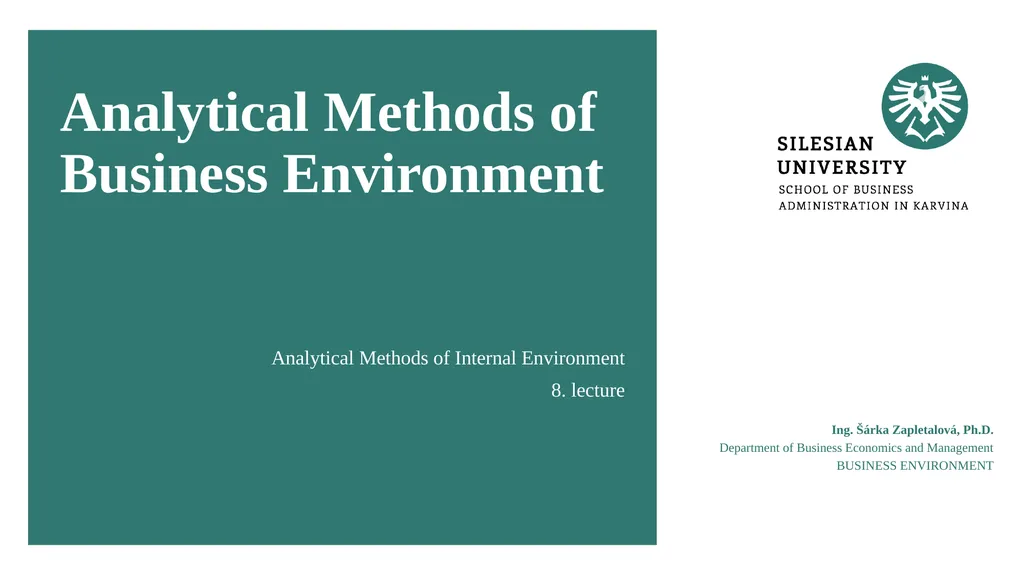
Analytical Methods of Business Environment
Author: phoebe-click | Published: 2025-06-23
Description: Analytical Methods of Business Environment Analytical Methods of Internal Environment 8. lecture Ing. Šárka Zapletalová, Ph.D. Department of Business Economics and Management BUSINESS ENVIRONMENT Outline of the lecture Value chain analysis
Download Presentation
Download the PPT/PDF: Download
Transcript:
Loading transcript�